In Focus: Gary Bunt, the builder-turned-wannabe-rockstar-turned-painter, whose deceptive simplicity captures English country life
Gary Bunt’s hugely popular nostalgic paintings celebrate uncomplicated life, but his art is by no means simple, finds Laura Gascoigne, as she looks at some of the paintings featured in his show ‘Seeds, Sea and Snow’ at the Portland Gallery.

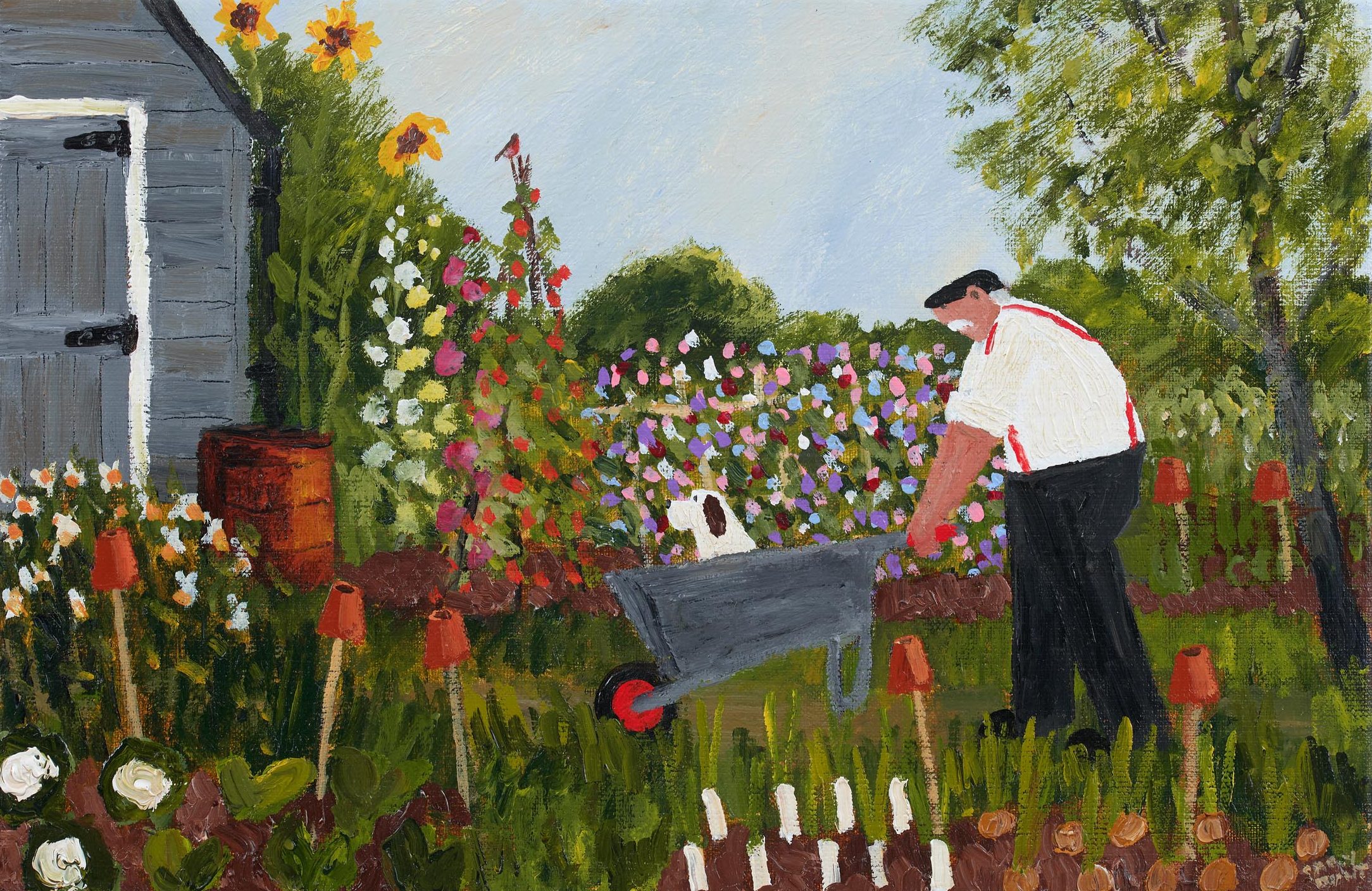
The people we pass on country rambles these days are likely to be dressed in beanie hats, anoraks and walking boots, possibly wielding hiking poles. When we think of the English countryside, however, we imagine it peopled by a very different species: farmers clad in flat caps, thick woollen coats and muddy wellies, possibly carrying a shepherd’s crook.
That, with minor modifications, is the traditional garb of the ‘figure in the landscape’ in British art, kitted out for battling the elements rather than sitting in the heated cab of a modern tractor, and his reappearance in the contemporary landscapes of Gary Bunt is one reason why they’re so immensely popular — there are waiting lists for his paintings.
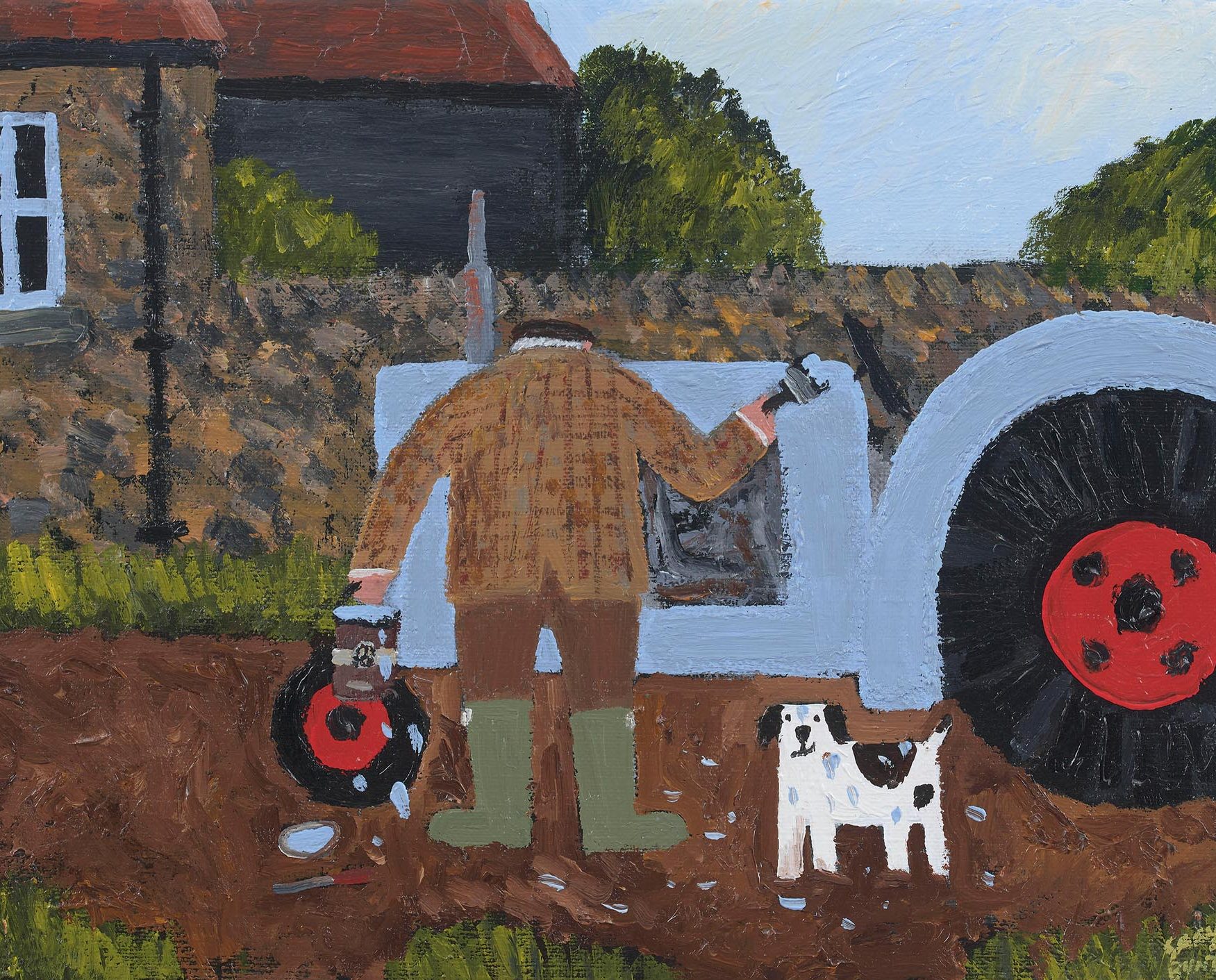
Mr Bunt’s simple scenes featuring one man and his dog going about traditional rural activities through the passing seasons — tending sheep, feeding pigs and chickens, digging potatoes, riding vintage tractors — would be ideal subjects for greetings-card illustrations. His pictures even have gently funny little poems on the back. What elevates them to the status of art is the ingredient X identified by Constable: emotion.
When Constable wrote that ‘painting is but another word for feeling’, he might have had the work of Mr Bunt in mind. Mr Bunt’s feeling for his subjects is inextricably tied up with the complex personal story of his road to success. Although fascinated by painting from childhood, he never considered a career in art; as the working-class son of a Kentish builder, he went straight into the building trade at 16. He couldn’t cure himself of his love of painting, however, and, even after joining a rock band in his teens, he continued to paint watercolours of local scenes to sell in pubs for beer money.
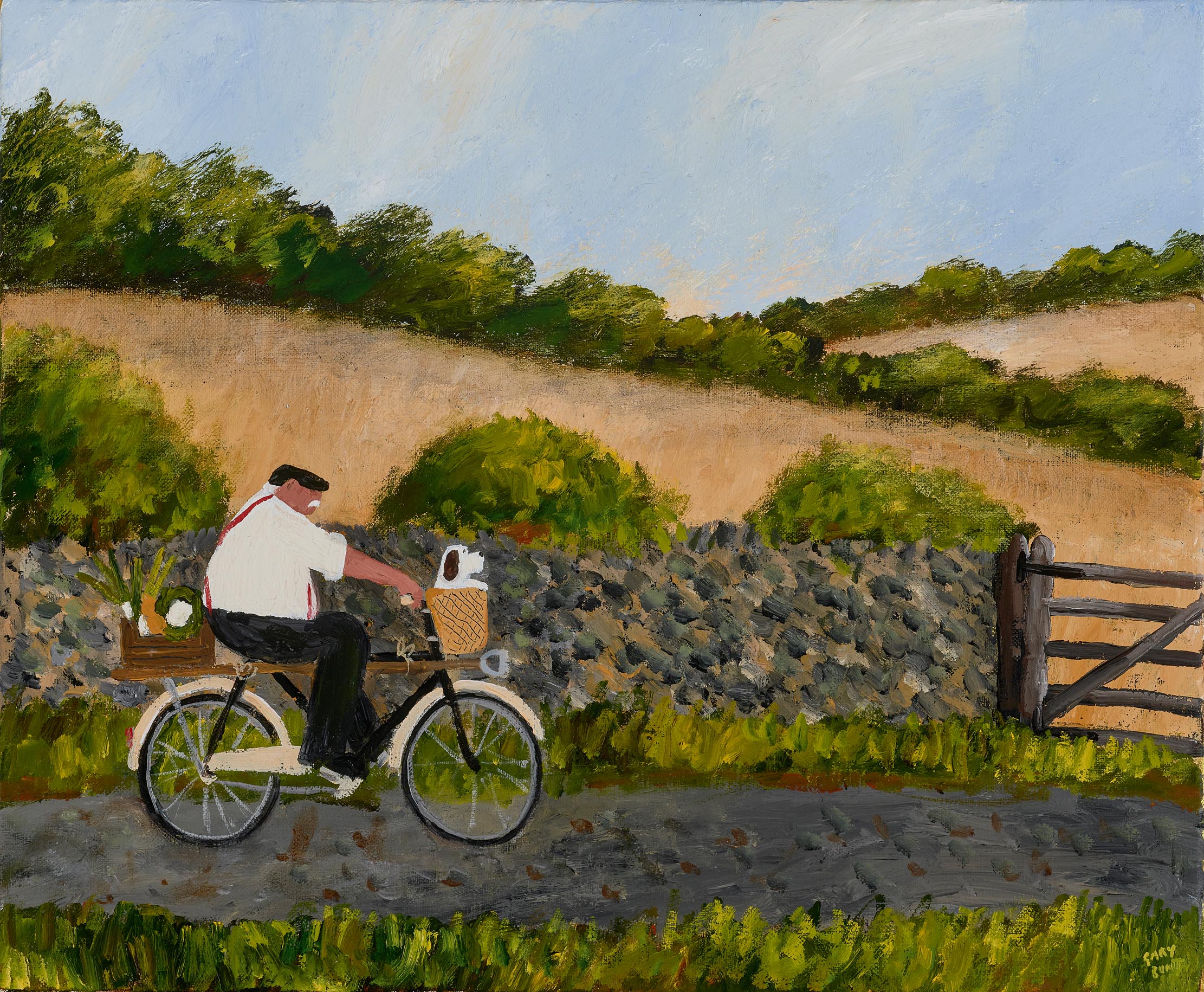
By his thirties, the rock-and-roll lifestyle was taking its toll and he returned to building, but he still couldn’t relinquish his dreams of art; he would spend his lunch hours staring into the window of a local gallery thinking: ‘I could do this.’ He was 39 when, to his delight, the gallery accepted a pair of nudes he had painted in an Impressionist style. ‘They put them in the window I’d been staring in and rang days later to say they’d sold them for £800. I thought: “Drink up!” It was great.’
His career as an Impressionist would be short-lived. The week of his first solo show, at the age of 41, he lost his voice and was diagnosed with cancer of the vocal cords. When he emerged from two years of radio- and chemotherapy, his perspective on life and art had completely changed: not knowing whether he was going to survive, he suddenly felt free to paint whatever he wanted.
During his illness, he had done a lot of reminiscing about his happy childhood in the Kent village of East Peckham and all the things he loved about the world he grew up in; on his recovery, the first thing he painted was a picture of himself in bed with German measles against the backdrop of his childhood bedroom’s animal wallpaper. It was in a simple, direct style. ‘I thought: “It’s the first time in my life I’ve really painted”.’
Exquisite houses, the beauty of Nature, and how to get the most from your life, straight to your inbox.
Other pictures of happy memories followed, accompanied by poems written as mementoes for family members. It was an image of his father, Bert, in his vegetable patch that set the course his later work would follow: the burly figure in shirtsleeves and wellies took over his paintings, developing into a sort of alter ego. Despite their striking difference in physique, Bunt Jnr being slim and slightly built, he painted himself as his father in an imagined old age he thought he would never reach, picturing him in all the places he loved on his local South Downs and the Suffolk coast.
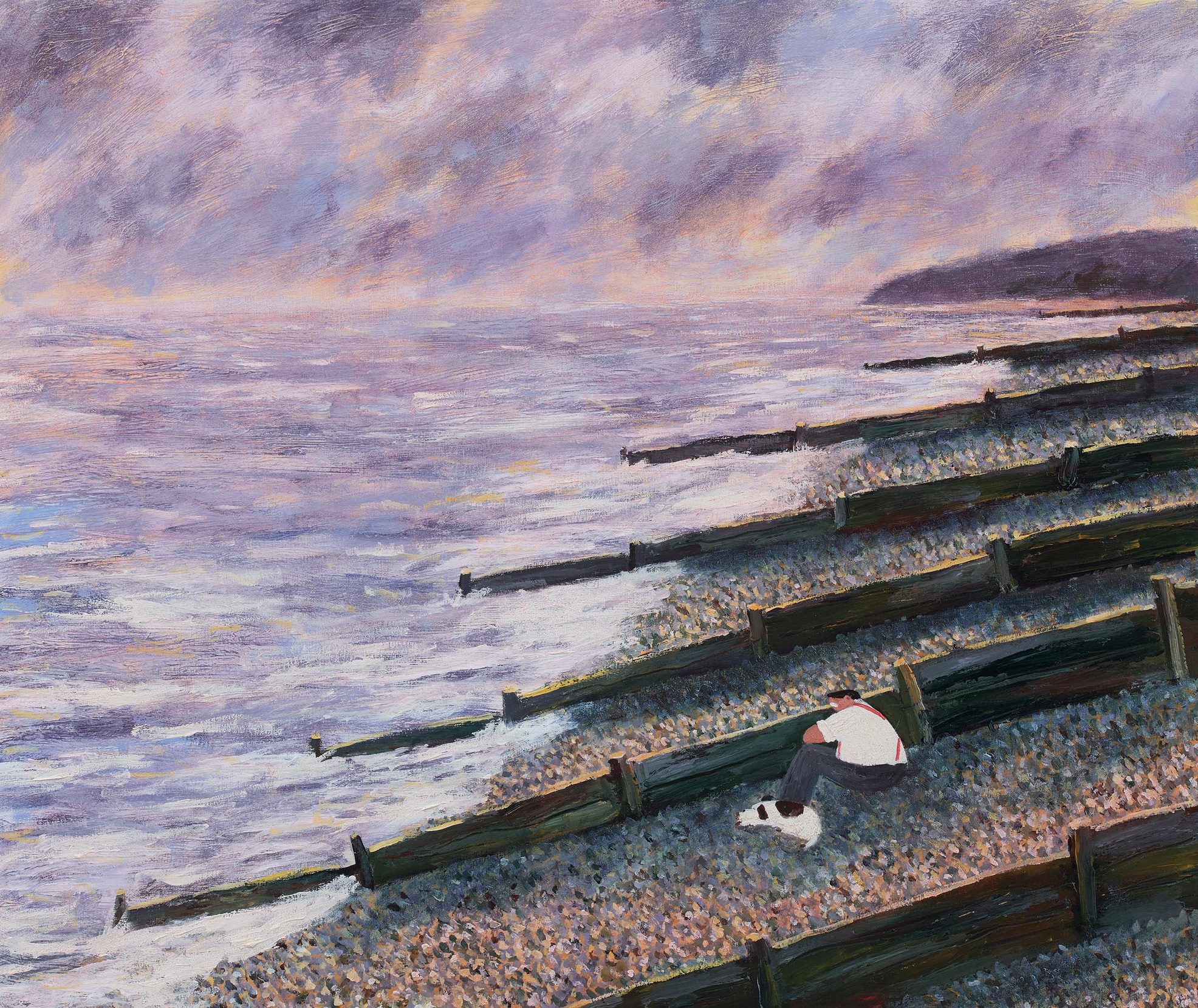
‘My dad is the portly gentleman,’ he confirms. ‘He always had his wellies turned down because of his chubby legs.’ The wellies now serve as brush-holders in Mr Bunt’s studio. He is determined, however, that Bert should not be identified solely with his father, insisting that he could be anybody’s old man. Bert’s canine companions, too, are never Bunt family dogs. They change breed and colour from picture to picture because he likes ‘people to imagine the dog to be their dog, and name them’. He is not in the least possessive about his creations; the works he once made as gifts for his family are now gifts to the public.
As ever, the country landscapes in his forthcoming show, ‘Seeds, Sea and Snow’, at the Portland Gallery, which represents him exclusively, take in the full sweep of seasons, weathers and moods. Bert and his faithful dogs trudge through winter snow, squelch through autumn mud and ride a sit-up-and-beg boneshaker — with the dog in the basket — past deep golden fields of summer barley. An instinctive command of colour makes Mr Bunt adept at depicting changes in light, from a bright spring morning to a snowy evening under turgid cloud. In Keep the Home Fires Burning, the chill of a winter dusk meets the glow emanating from the windows of a village church and its nestling hamlet: he shares a love of cottages with van Gogh who also, incidentally, painted vegetable gardens.
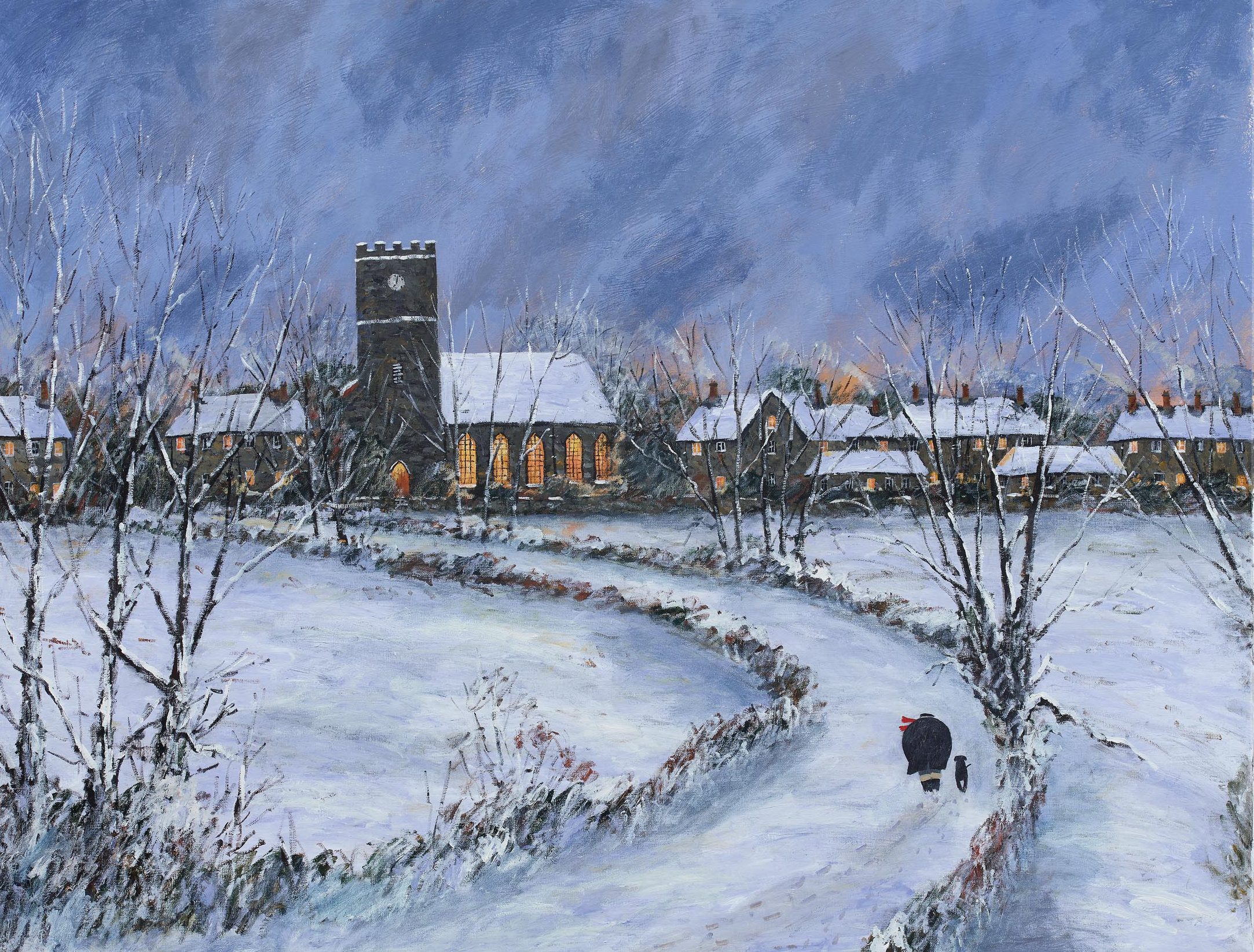
Having been through rough patches himself, Mr Bunt warms to the work of troubled artists. A particular favourite is Christopher Wood, who also found solace in images of a simple, slow-paced life. Scenes showing the nautical side of Bert, set on the Suffolk coast where his father’s family were fishermen, are strongly reminiscent of Wood’s Brittany paintings. With titles such as Many Tides or Whatever Life Brings, some of these works have a melancholy air, but Mr Bunt’s observations can also be comical: Pig in a Barrow was based on a real-life incident witnessed outside his local village pub in East Sussex.
As a self-taught artist, he devoured books about painting, but, like all artists, trained or not, he learned most from the work of other painters, especially Modern British artists such as Wood, Winifred Nicholson, Stanley Spencer and William Scott. Now he’s repaying the debt in ‘Modern British Tributes’, a second exhibition of 12 large canvases, each representing an interior filled with paintings by an admired artist, together with memorabilia of their lives, relationships and interests — with a sneaky homage by Mr Bunt thrown in.
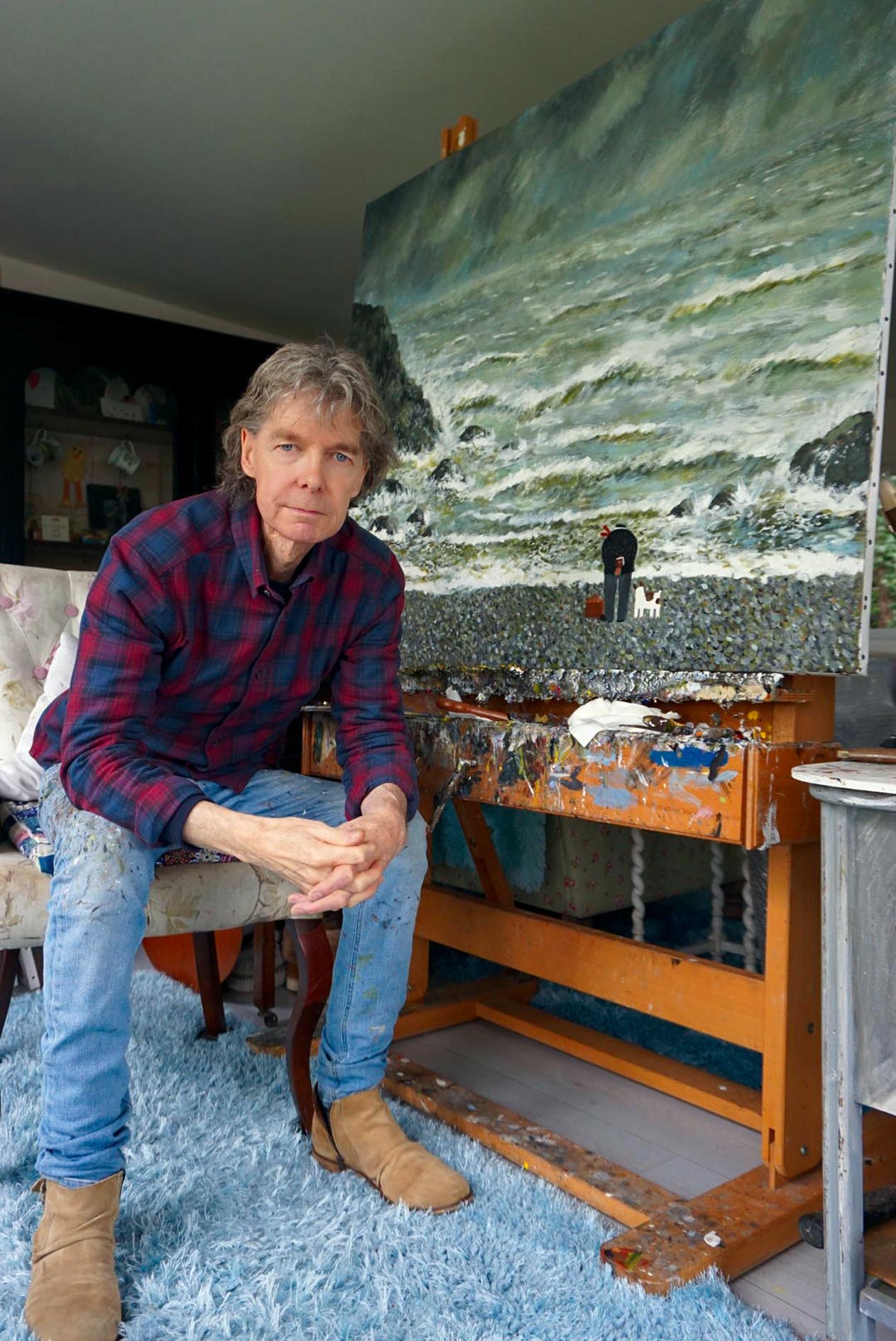
If every picture tells a story, these paintings speak volumes: with this new body of work Mr Bunt has come out from behind the naïve figure of Bert and revealed a sophisticated knowledge of art. ‘I just love painting,’ he confesses, ‘it’s an absolute passion. I couldn’t live without it; I’m addicted to painting.’ Like all addicts, he wants to share his addiction and it’s one that can only do his audience good.
‘Seeds, Sea and Snow’ is at the Portland Gallery, 3, Bennet Street, London SW1, October 25–29; ‘Modern British Tributes’ runs November 1–5 (020–7493 1888; www.portlandgallery.com)
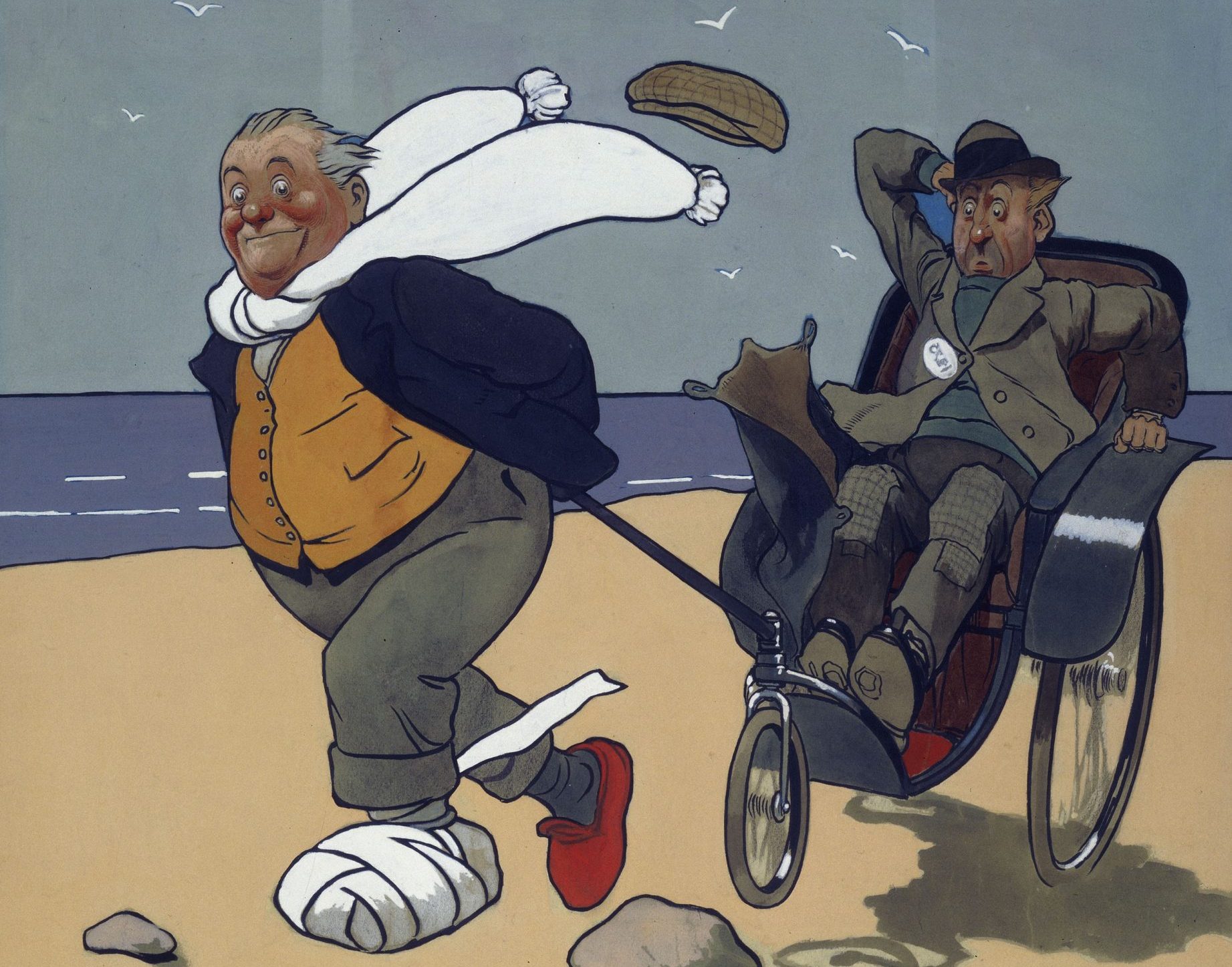
Credit: Getty Images
In Focus: John Hassall's iconic travel posters
The works of British poster king John Hassall remain a breath of fresh seaside air, says Lucinda Gosling.
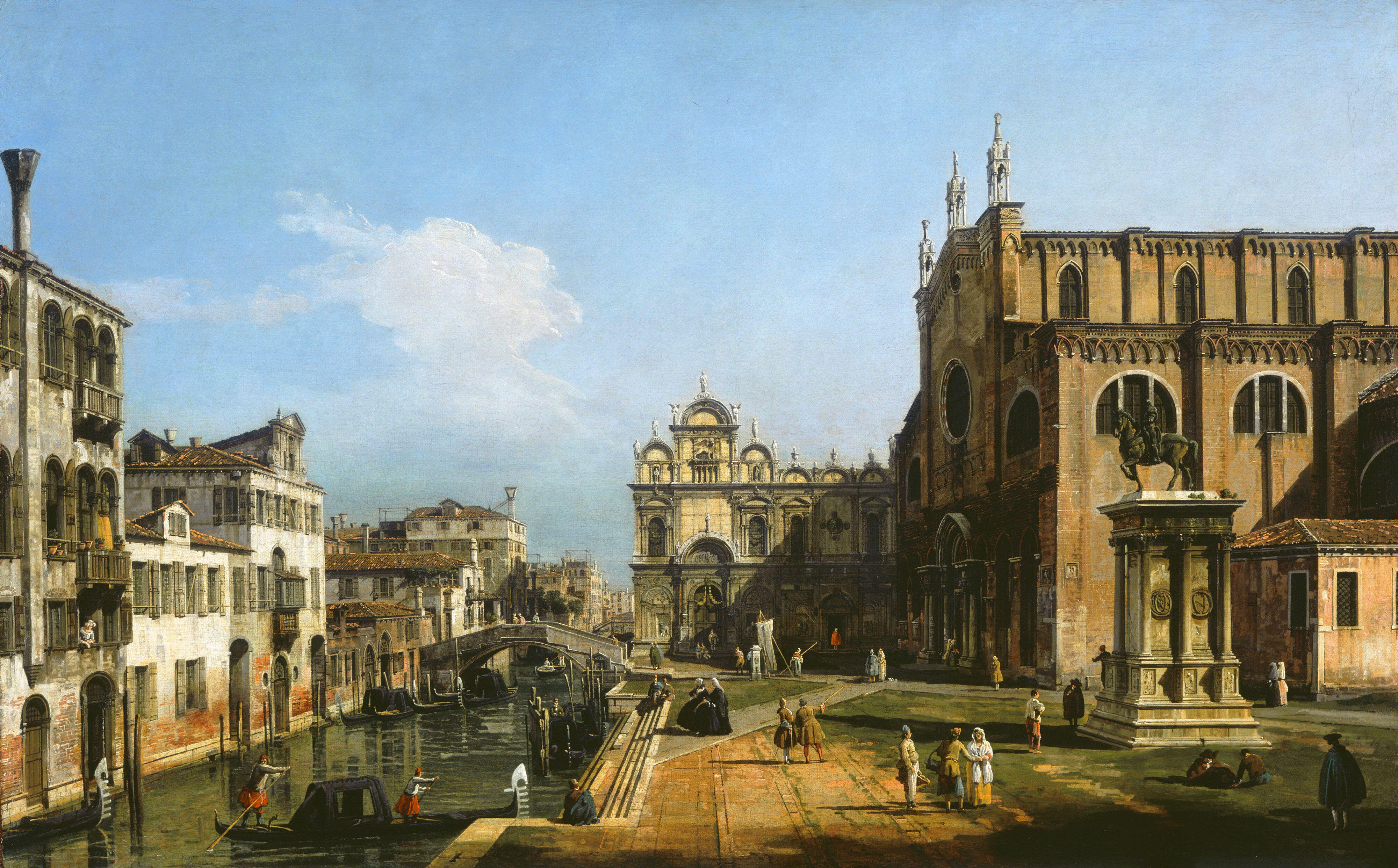
Credit: Alamy Stock Photo
In Focus: Bernardo Bellotto, the Canaletto of the North
Being the nephew of Antonio Canaletto was both a blessing and a curse for Bernardo Bellotto, whose brooding landscapes eventually

In Focus: Why the eerie thrives in art and culture
The tradition of ‘eerie’ literature and art, invoking fear, unease and dread, has flourished in the shadows of British landscape
Country Life is unlike any other magazine: the only glossy weekly on the newsstand and the only magazine that has been guest-edited by His Majesty The King not once, but twice. It is a celebration of modern rural life and all its diverse joys and pleasures — that was first published in Queen Victoria's Diamond Jubilee year. Our eclectic mixture of witty and informative content — from the most up-to-date property news and commentary and a coveted glimpse inside some of the UK's best houses and gardens, to gardening, the arts and interior design, written by experts in their field — still cannot be found in print or online, anywhere else.
